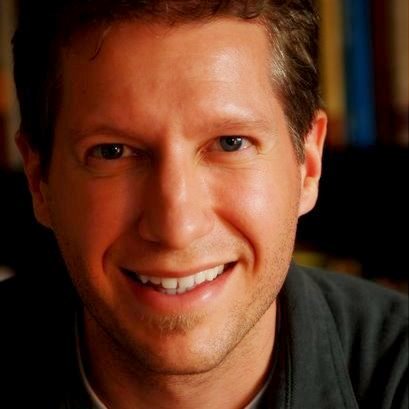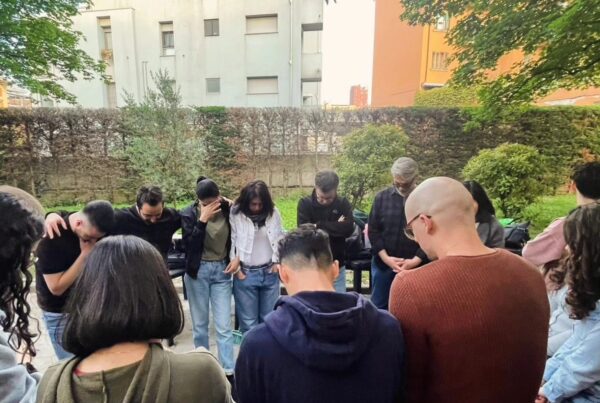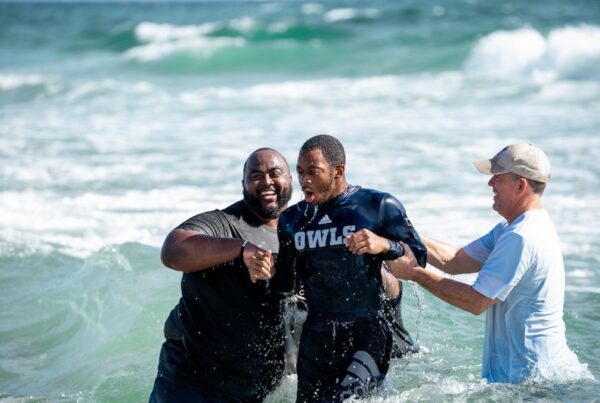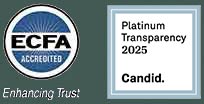Money, as a mentor of mine used to say, is “freeze-dried work.” Effort and muscles and profit and potential all flash frozen into digital numbers that may be stored, transferred, and thawed when needed.
The power of that frozen work is real and tangible in the pursuit of the mission to make disciples — to build the church. It doesn’t transform hearts, but it can build shelter for worship, serve meals in community, and produce tools to study the Scriptures. It can buy time and space for effective ministry.
When strategic planning, money is one of the first things a church planter should think about.
When strategic planning, money is one of the first things a church planter should think about. What is the relationship to this church plant and money? And do I really have to consider the ‘F’ word of church planting: Fundraising?
At GCM we get asked a lot about approaches to fundraising and church plants. And while there are Biblical principles and commands that speak into this, the practical models are open-handed and deserve some thinking through; especially since our American evangelicalism has some ruts. We’re used to pass-the-plate tithe (maybe touched up for debit card world). Yet this isn’t the whole story of the church, mission and money. Let’s take the quick tour:
Matthew 10 shows us Jesus sending his disciples with a key instruction for mission: don’t take the money with you. Gold, silver, and copper was to stay behind. Instead, they were to live off hospitality.
Paul is kind but strong when he pushes the Christians in Corinth to send money for apostolic work elsewhere (2 Cor 8, 9; 1 Cor 16), and he thanks the Philippians for supporting him from a distance while he travelled. We see models of recurring giving, the spiritual benefits of generosity, and explicit talk of fundraising for mission.
Church history provides more examples. Calvin does his ministry living on government support — the city of Geneva provides his house and furniture even after he returns from Strausburg in 1541. In mid 1800s, George Mueller doesn’t have government funds, but he famously refuses to advertise the needs of his orphanages. By contrast, across the ocean, American D.L. Moody was known for slapping businessmen on the back and suggesting they invest in several thousand souls.
So how do we sort it out? To ask or not to ask? To receive outside support or not?
If these examples are our guide, there isn’t one option. Instead, choices about fundraising distill to Biblical wisdom and cultural context. If something is right and wise and works in our context, why not try it?
But I suggest there is one more factor: does our fundraising model support the mission? It certainly affects it.
Some popular models to consider:
1. The Fund Drive Model
(We call it: “The Boy Scout Model”)
“Church plant seeks money, and we’re selling stuff for you to buy! Brownies, car washes, and a pre-copy of the church planting pastor’s best sermon on MP3.” You’ll run into this “give to get” approach not just in Christian circles, but with community groups and radio fund drives. Gifts and events are used to attract donors in.
Advantage: Heavy group participation can build awareness and interest in the project.
Disadvantage: The small incoming dollar amounts are only made worse by the balance sheet of what the thank you gifts cost, and the value of the time and effort.
How it can affect the mission: Consumers expect a product. By providing gifts, this may unintentionally distract from the key draw of investing in the gospel cause, and defuse the relationship into a transaction.
2. The Large Donor Campaign Model
(We call it: “The Shark Tank Model”)
“Church plants seeks investment from big rollers. 5-digit gifts preferred. We meet our goal of $250,000, we’ll change the world.” This approach seeks an initial lump sum, and it’s often driven by pursuing large donors. It’s modeled on the business investment/venture capital view of the world.
Advantage: If successful, you can parlay that “freeze-dried work” into something pretty big pretty fast (say, a crucial sound system for Sunday morning).
Disadvantage: Can be tougher to pitch than you think. Investors like to invest in known quantities with proven results and tight accountability. And fixed amounts run out quickly if applied to ongoing costs. $100,000 sounds like a lot, but may not cover even two years of salary and health insurance, and then it’s gone.
How it can affect the mission: Investors expect a return. What does this mean for your church plant? What is their stake in your approach or ministry method? Secondly, If the money is going to run out in two years, the rush is on to get 200 “tithing units” in the door. We want reach an unreached world, but 200 Christians might tithe, while non-Christians… they probably don’t. Does that affect our Sunday morning choices?
3. The Bi-Vocational Model
(We call it: “Quad-Vocational”)
“No fundraising for our church plant! But because we need money, we’re starting a small business on the side and each of us is working bi-vocationally to pay for our ministry work.” The bi-vocational approach successfully avoids fundraising by trying to leverage market forces for individual employment and even business-as-mission.
Advantage: Built-in community engagement for gospel relationships. Church leaders are a witness in their secular workplaces, and/or church based businesses (e.g. bakery, coffee shop, event space) may contribute to the local community and economy
Disadvantage: Certain jobs are not well-suited to this, and planters may need the right career training or education to get the right ones. A full-time demanding job, a growing family, and a growing church can sometimes feel as if “bi-vocational” has grown into into 3 or 4 or 5 vocations!
How it can affect the mission: Bosses expect a commitment. When choices are required in time and effort, does family, work, or the church plant sacrifice?
4. The Missionary Support Model
(We call it: “The Campus Crusade Model”)
The Bill Bright-founded organization is the largest mission agency in the world. In an era of falling church investment in evangelism, he pioneered the individual missionary support model, which seeks commitments from 50 to 100 individuals to give regular monthly amounts.
Advantage: This “small-donor” model can raise a surprising amount of money over time, because the request is for an ongoing amount, not a one-time gift. The giving tends to be stable through economic and ministry downturns. Once established, a support-based salary can travel with you (good for apostolic ministry, multiple church plants) and is much easier to maintain then build the first time. A outside team’s ongoing commitment invests them in the church plant not only financially, but prayerfully.
Disadvantage: Missionary style support take can 6-12 months of focused, full-time work to complete, much like starting up a small business. This makes it better for ongoing ministry.
How it can affect the mission: May require about 5-10% of ongoing time to maintain, including a prayer letter reporting back to the team.
Money is going to matter for mission. It can capture and focus the efforts of many into building the Church. The church planter’s challenge to discern how its use affects the mission.
This post was written by Chris Ridgeway, a lead fundraising coach for Great Commission Ministries, and raised his own ministry support with GCM for over a decade. He has a BA in Economics and an MA in Theology & Communications.
Great Commission Ministries is a mission mobilization agency who partners with missional churches and ministries to teach fundraising and support pastors as missionaries. They teach the “Campus Crusade” model, but will talk with planters about any model. Learn more and reach out to them at www.gcmweb.org/acts29.










